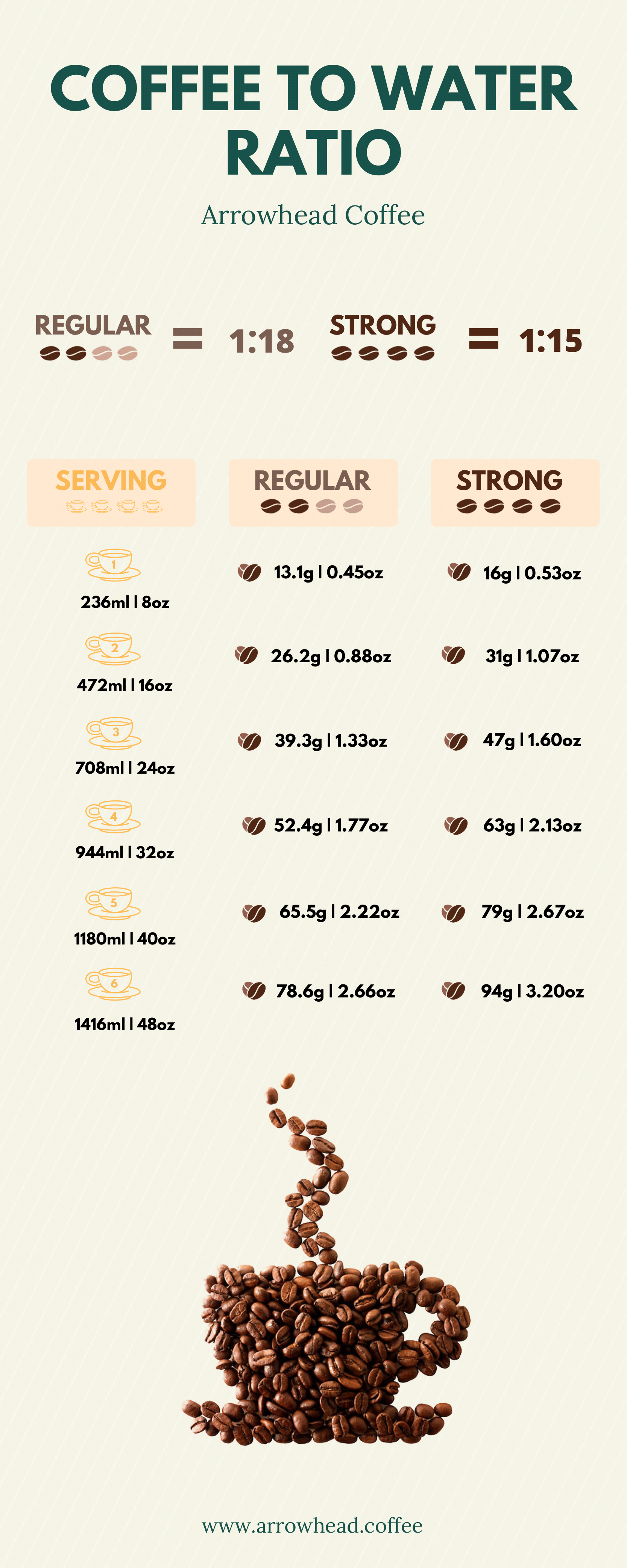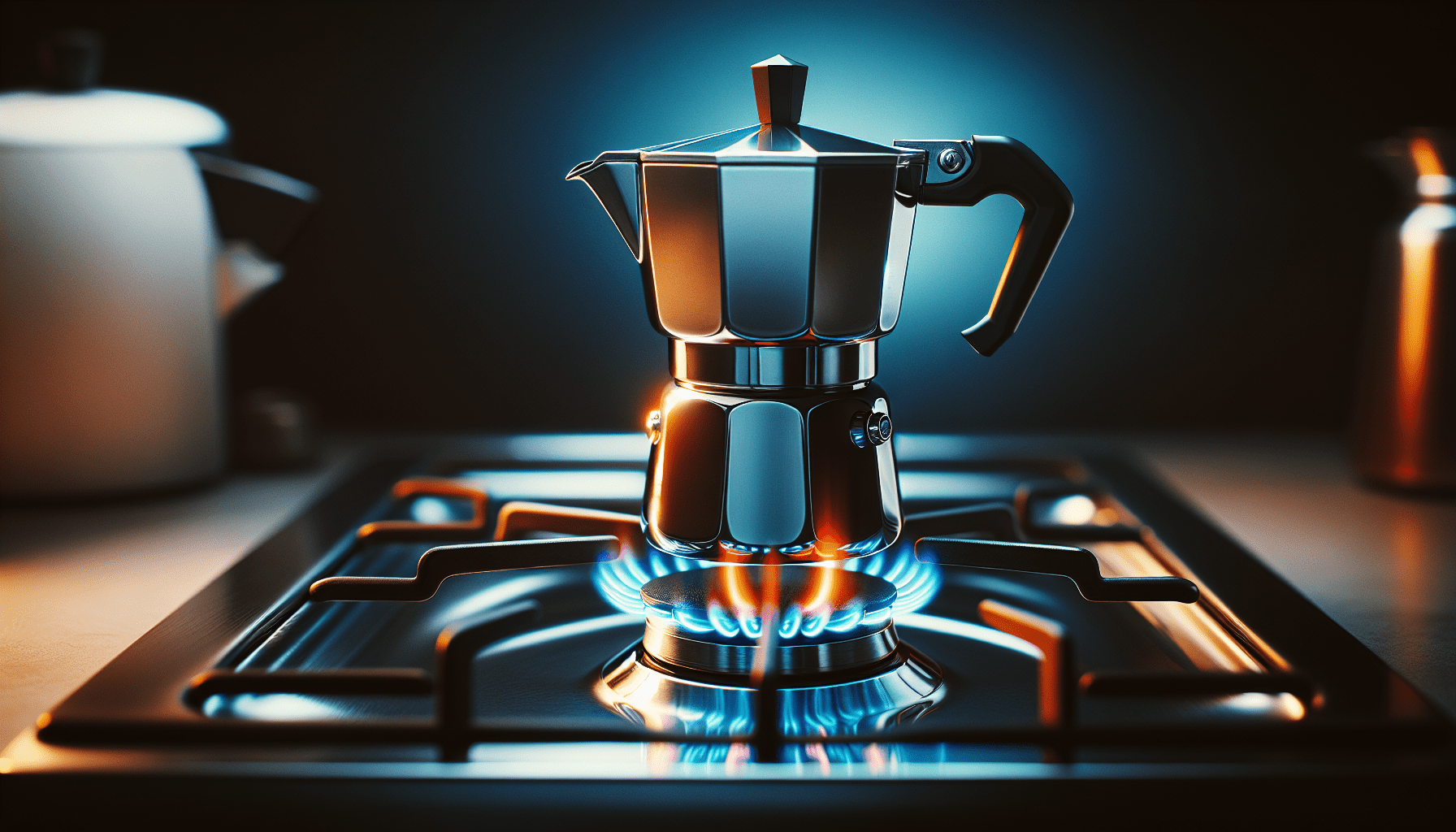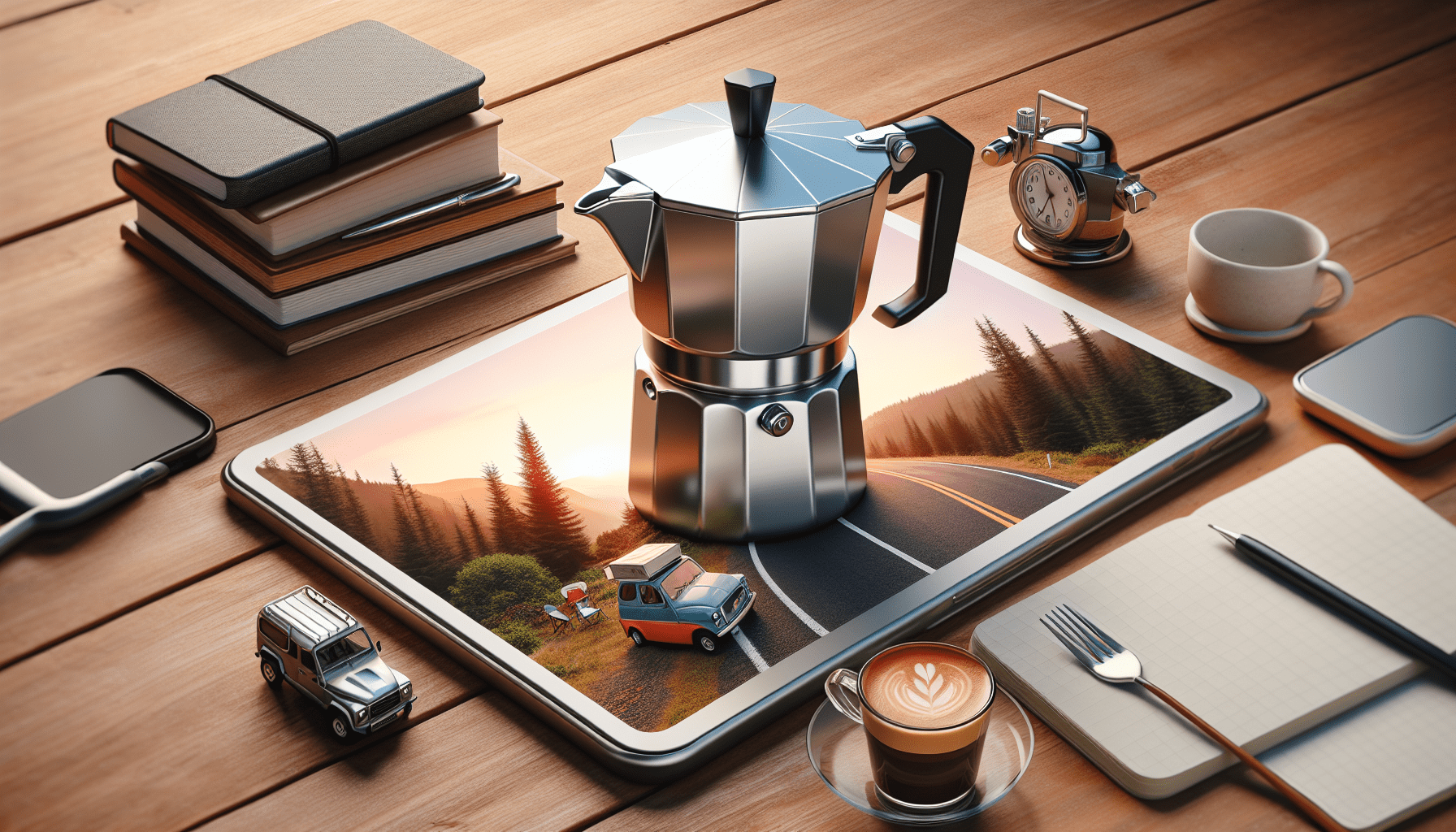Are you a coffee lover who owns a stovetop espresso maker? If so, you might be wondering if it’s possible to tweak the coffee-to-water ratio to achieve your desired strength and flavor. Luckily for you, this article explores the answer to this burning question and delves into the fascinating world of stovetop espresso makers. So, grab a cup of your favorite brew and let’s embark on this coffee-filled adventure together!
Understanding the coffee-to-water ratio
What is the coffee-to-water ratio?
The coffee-to-water ratio refers to the proportion of coffee grounds to water that is used to make a cup of coffee. It is usually expressed as a ratio, such as 1:16, which means using 1 part of coffee to 16 parts of water. This ratio determines the strength and flavor of the coffee.
Why is the coffee-to-water ratio important?
The coffee-to-water ratio is crucial in determining the taste and quality of your coffee. If you use too much coffee in relation to the water, your coffee may turn out too strong and overpowering. On the other hand, if you use too little coffee, the result may be a weak and diluted cup. Finding the right balance is key to achieving a delicious brew with a well-balanced flavor profile.
Using a stovetop espresso maker
How does a stovetop espresso maker work?
A stovetop espresso maker, also known as a Moka pot, is a classic method of brewing strong and flavorful coffee at home. It consists of three main parts: a bottom chamber for water, a middle chamber for coffee grounds, and a top chamber for the brewed coffee. As the water in the bottom chamber heats up, it creates pressure that forces the hot water through the coffee grounds, extracting the flavors and oils, and producing a concentrated espresso-like coffee.
Advantages of using a stovetop espresso maker
Using a stovetop espresso maker offers several advantages. Firstly, it is a cost-effective alternative to purchasing an expensive espresso machine. Stovetop espresso makers are relatively affordable and can produce a rich and flavorful coffee that closely resembles an espresso shot. Additionally, they are compact and easy to use, making them perfect for both small kitchens and travel. Lastly, stovetop espresso makers allow you to have full control over the brewing process, including adjusting the coffee-to-water ratio to suit your taste preferences.
Factors to consider
Type of stovetop espresso maker
There are various types and sizes of stovetop espresso makers available in the market. They range from single-serving pots to larger ones that can brew multiple cups at once. When choosing a stovetop espresso maker, consider the amount of coffee you usually consume and the number of people you might be brewing for. It’s also important to ensure that the stovetop espresso maker is compatible with your stovetop, whether it is electric, gas, or induction.
Coffee grind size
The grind size of your coffee beans plays a crucial role in achieving the perfect extraction during brewing. For stovetop espresso makers, a fine to medium grind is recommended. A finer grind allows for slower water flow through the coffee, resulting in a more intense and concentrated flavor. However, if the grind is too fine, it can lead to over-extraction and a bitter taste. Experimenting with different grind sizes will help you find the sweet spot for your preferred taste.
Adjusting the coffee-to-water ratio
Standard coffee-to-water ratio for stovetop espresso maker
The standard coffee-to-water ratio for a stovetop espresso maker is around 1:7 to 1:10, depending on personal preference. This means using approximately 1 part coffee to 7-10 parts water. However, it is essential to note that this ratio can vary based on factors such as the type of coffee beans, desired strength, and personal taste preferences. Feel free to experiment with different ratios to find the balance that suits your palate.
Reasons to adjust the coffee-to-water ratio
There are several reasons why you might want to adjust the coffee-to-water ratio. If you find that your coffee is too strong, bitter, or overpowering, decreasing the amount of coffee relative to the water can help achieve a milder cup. Conversely, if your coffee tastes watery or weak, increasing the amount of coffee can enhance the strength and flavor. Remember that the ideal ratio is subjective, and adjusting it allows you to tailor your coffee to your specific taste preferences.
Methods to adjust the coffee-to-water ratio
Increasing the coffee-to-water ratio
If you prefer a stronger cup of coffee, you can increase the coffee-to-water ratio by adding more coffee grounds to the brewing chamber. Experiment with small increments, such as adding an extra tablespoon or two of coffee, until you achieve the desired strength. Keep in mind that increasing the ratio may result in a more intense and potent flavor profile, so it’s important to find a balance that suits your taste buds.
Decreasing the coffee-to-water ratio
To achieve a milder cup of coffee, you can decrease the coffee-to-water ratio by reducing the amount of coffee grounds used. Gradually decrease the amount of coffee by a tablespoon or two until you achieve the desired flavor. This adjustment will result in a more delicate and balanced brew, allowing you to enjoy the nuances of the coffee without it being overpowering.
Experimenting with different ratios
Tasting the results
The best way to determine your preferred coffee-to-water ratio is through experimentation and taste testing. Start with the standard ratio recommended for stovetop espresso makers (around 1:7 to 1:10) and brew a cup. Take note of the flavor, strength, and overall satisfaction. From there, try adjusting the ratio by small increments and taste the results each time. Keep track of your preferences by taking notes on the different ratios and how they affect the taste profile. This process will help you fine-tune your brewing technique and discover the perfect ratio for your taste buds.
Taking notes for future reference
When conducting experiments with different coffee-to-water ratios, it is essential to take notes for future reference. Record the exact measurements you used, including the amount of coffee and water, as well as any adjustments made. Additionally, document your observations on the taste, strength, and overall satisfaction of the coffee. By keeping a log of your experiments, you can replicate your favorite brews and make educated adjustments based on your preferences.
Tips for achieving the perfect ratio
Grind your own coffee beans
For the freshest and most flavorful cup of coffee, it is advisable to grind your coffee beans just before brewing. Investing in a good-quality burr grinder allows you to control the grind size and produce consistent results. By grinding your own beans, you can optimize the extraction process and achieve a more balanced flavor profile, enhancing the overall coffee experience.
Use a scale for accuracy
To ensure precision and consistency in your coffee-to-water ratio, it is recommended to use a digital scale. Measuring your coffee and water by weight rather than volume provides more accurate results. This allows for better control and eliminates any ambiguity in the measurements. A scale also enables easier adjustment of the coffee-to-water ratio, as small changes in weight can be made without guesswork.
Common mistakes to avoid
Using too much coffee
One common mistake when using a stovetop espresso maker is using too much coffee, leading to an overpowering and bitter taste. It’s important to follow the recommended coffee-to-water ratio and adjust it based on personal taste preferences. Starting with the standard ratio and making incremental changes ensures that the coffee flavor remains balanced and enjoyable.
Using too little water
Using too little water in relation to the coffee grounds can result in an overly concentrated and strong brew. It’s crucial to measure the water accurately and ensure that it matches the amount of coffee being used. Finding the right balance between the coffee-to-water ratio guarantees a well-extracted and flavorful cup of coffee.
Conclusion
Finding your preferred coffee-to-water ratio when using a stovetop espresso maker is a matter of trial and error, aiming to achieve the perfect balance of strength and flavor. By understanding the importance of the coffee-to-water ratio, you can make adjustments based on personal taste preferences and experiment with different ratios to achieve the desired results. Remember to take note of your findings, utilize fresh coffee beans, and use a scale for accuracy. With practice and refinement, you can unlock the full potential of your stovetop espresso maker and enjoy a delicious cup of coffee tailored exactly to your liking. So go ahead, brew with confidence, and savor the rich and aromatic experience of stovetop espresso.



